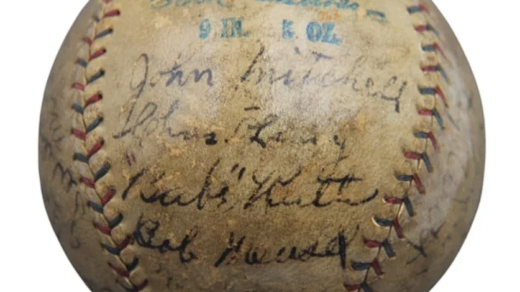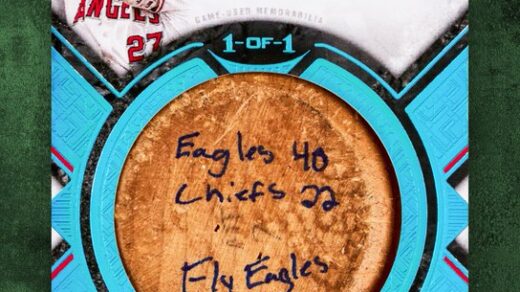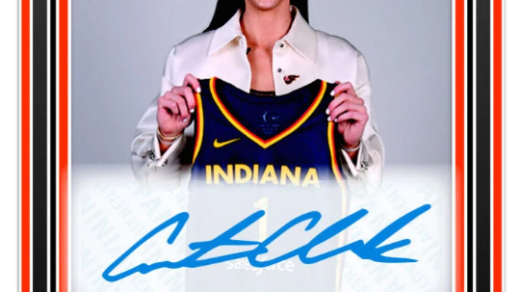In the vibrant and competitive world of sports memorabilia, it’s hard not to notice the dazzling spotlight that shines upon the illustrious 1986 Fleer Michael Jordan rookie card. Often referred to as the crown jewel in any collector’s stash, it garners feverish attention and astronomical bids. However, there lies an enticing, albeit more discreet treasure: the 1989 Fleer Michael Jordan card, specifically the #21. This card, the rookie’s often overshadowed cousin, is quietly marking its territory in the hearts and collections of aficionados worldwide. And the upward trajectory of its value graph is singing a sweet tune to those in the know.
Imagine sitting in a collector’s den, your eyes dancing over the glimmering sheen of encapsulated cards. In one corner rests the revered 1986 Fleer, its legendary status almost filling the room with a palpable aura. But nestled not too far away, edging into the limelight with subtle persistence, is the 1989 Fleer edition. For collectors with discerning taste but not necessarily an expense account resembling an NBA player’s salary, the 1989 Fleer offers a delectable middle path.
Rewind to 2021, when securing a PSA 10 gem mint version of the 1989 Fleer cost about $1,001. It wasn’t exactly chump change, but nor did it require taking out a second mortgage. Advance to June 2025, and the narrative subtly shifts: the same PSA 10 now commands a price tag of roughly $1,200. That’s a tidy 20% increase over four years—not exactly the stuff of breathless headlines but certainly a respectable, steady climb. In the nuanced discipline of card collecting, the tortoise sometimes outruns the hare.
A quick nod to the numbers: according to Professional Sports Authenticator (PSA), there are approximately 1,240 PSA 10s alongside over 11,000 PSA 9s in circulation. On the surface, it appears quite a substantial supply, yet the incessant demand tells a different story. Collectors and enthusiasts alike are realizing that not every Jordan-related collectible needs to break the bank to offer satisfaction—both aesthetically and financially.
What might catch even the casual observer’s eye is the meteoric rise in raw copies. Cast your mind back to 2022, when a raw 1989 Fleer Jordan could change hands for a mere six dollars. Fast forward to the present, and you’d be hard-pressed to snag one for less than twenty bucks. That’s more than a threefold increase, and this appreciation isn’t due to it being a coveted promo or glossy special insert—it’s simply a base-era Jordan once relegated to the background, now making waves.
What exactly is fueling this newfound affection for the 1989 Fleer card? For starters, rising grading fees have nudged collectors toward cards that are already slabbed, adding a layer of convenience and appeal. Nostalgia, too, plays a pivotal role; the late ’80s weren’t just about big hair and synth-pop. It was an era teeming with electrifying hoops action, an era when MJ was solidifying his legend, often one awe-inspiring play at a time. For many, owning a piece of this history—even sans the premium price tag—is worthwhile.
Unlike other cards that might shout their significance with flashy aesthetics or infamous snapshots of dunking heroics over Knicks centers, the 1989 Fleer is content with whispering, “Hey, look at me.” There’s something profoundly attractive about this understatement. In an age where subtlety often gets lost amidst the glitzy and the sensational, the 1989 Fleer stands out precisely because it doesn’t demand your attention—it earns it.
For collectors eyeing both value and future prospects, the 1989 Fleer deserves a thoughtful second look. It’s a card that reflects Jordan in his ascendancy during the burgeoning Bulls frenzy—a precious collectible for the astute curator of sports memorabilia. Michael Jordan didn’t require the rookie designation to mesmerize on the hardwood, much like his 1989 Fleer doesn’t need the blaring spotlight to promise rewarding appreciations. And for the collector looking for something beyond the usual high-value suspects, this gem might be just the right play.




